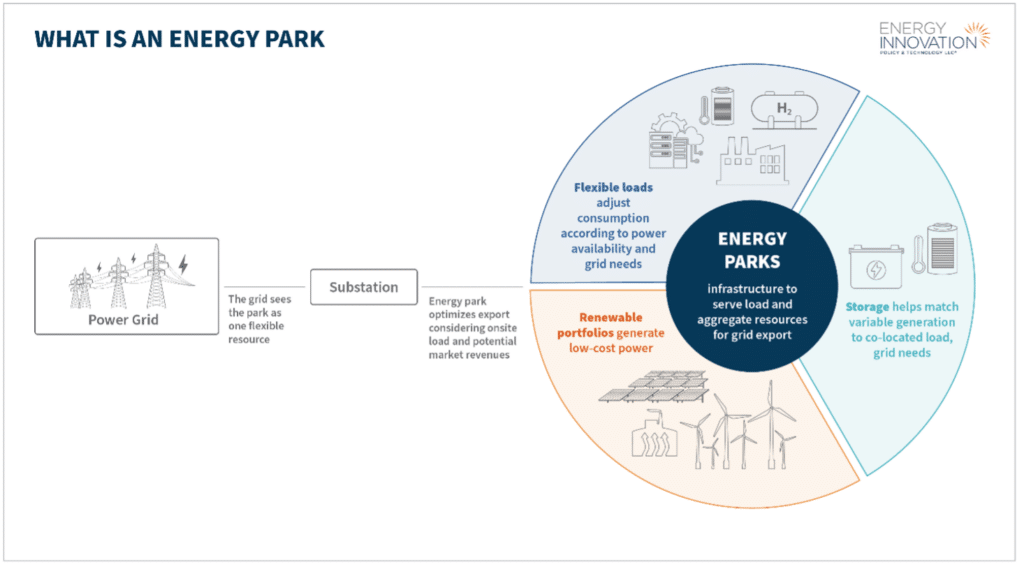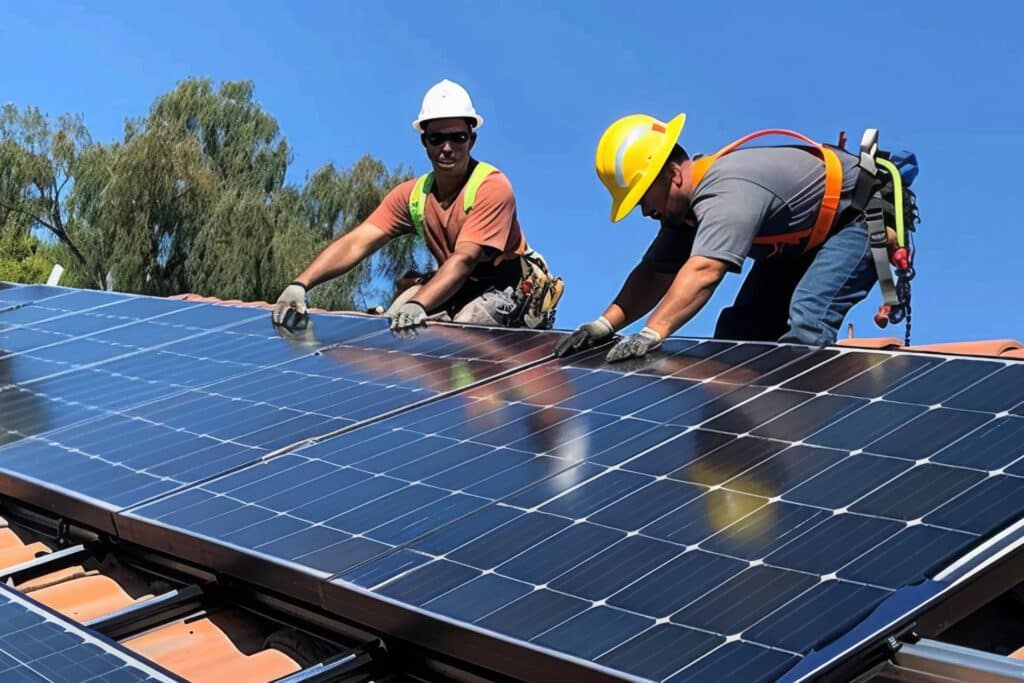Report
Hydrogen Policy’s Narrow Path: Delusions And Solutions
Hydrogen is important for our climate goals, but only if it is truly clean and directed to appropriate applications.

Report
Energy Parks: A New Strategy To Meet Rising Electricity Demand
Energy parks are an affordable, quick solution to rising electricity demand.
Report
The Second Half Of The Decisive Decade: Potential U.S. Pathways On Climate, Jobs, And Health
America faces two divergent climate and energy policy pathways with stark differences for health, climate, and the economy.
Stay Connected
Sign up for research, policy updates, and analysis.







